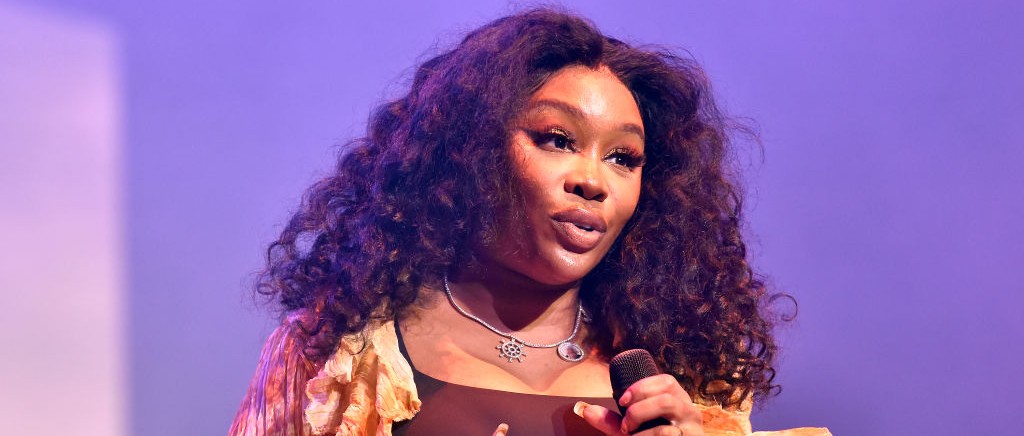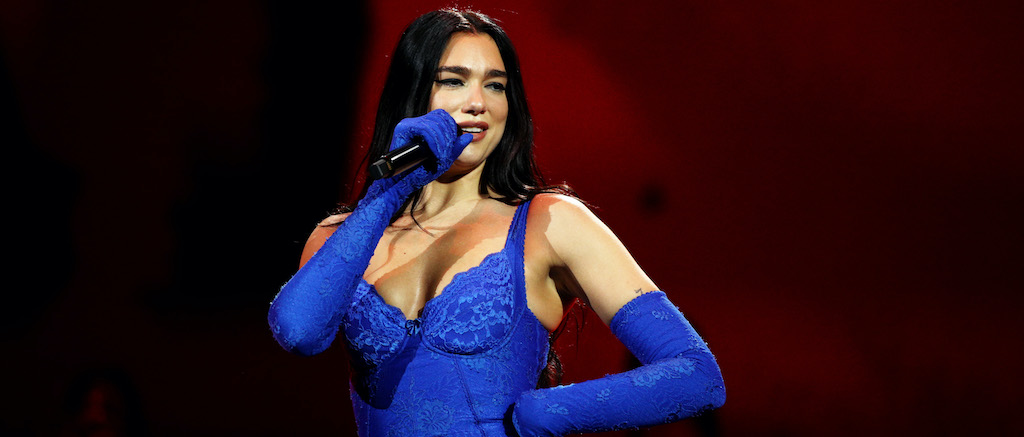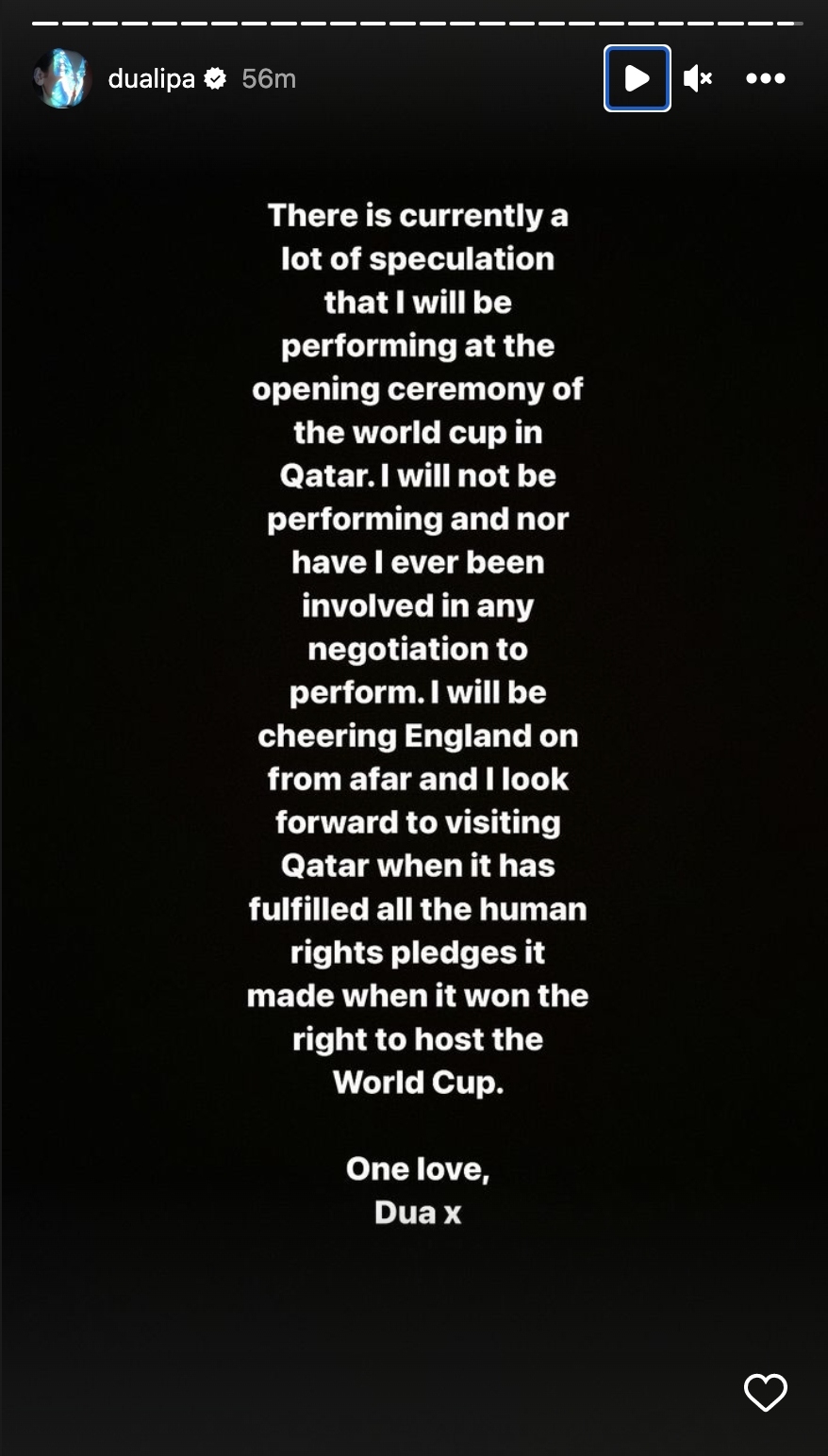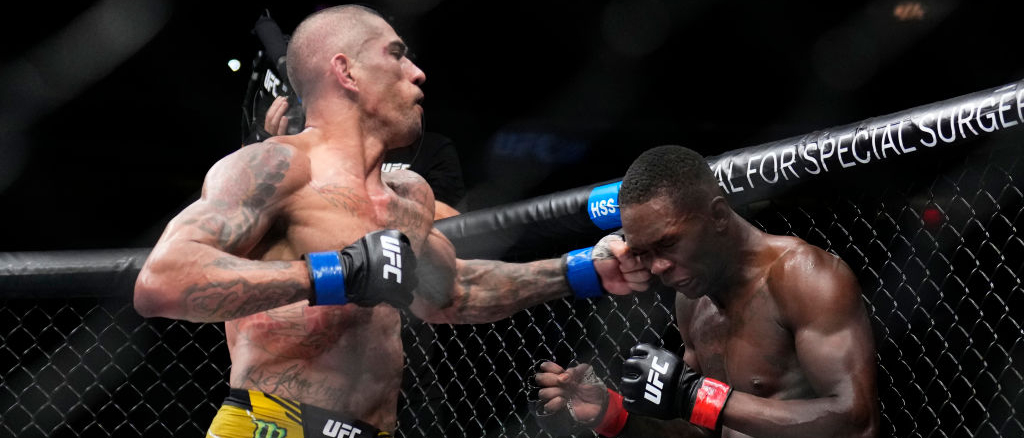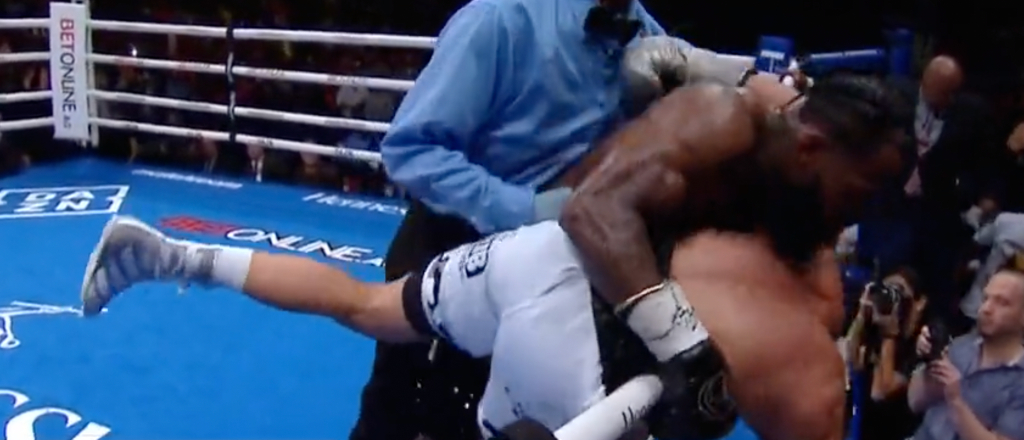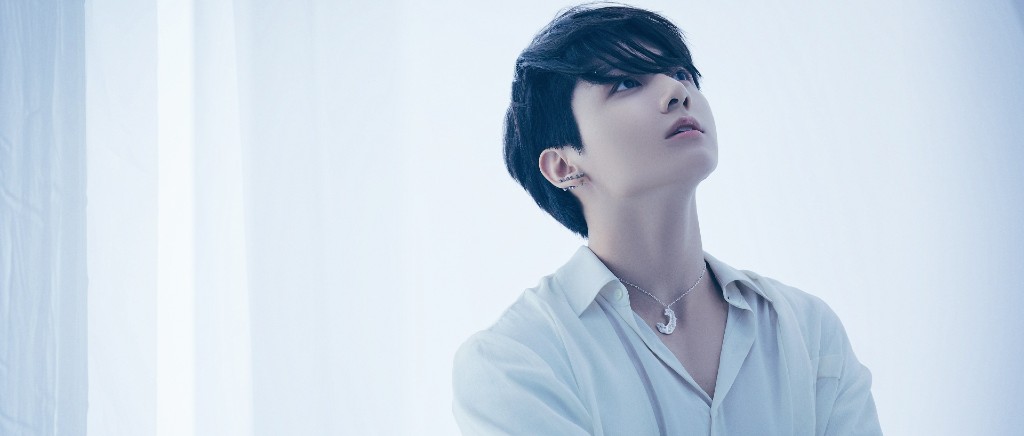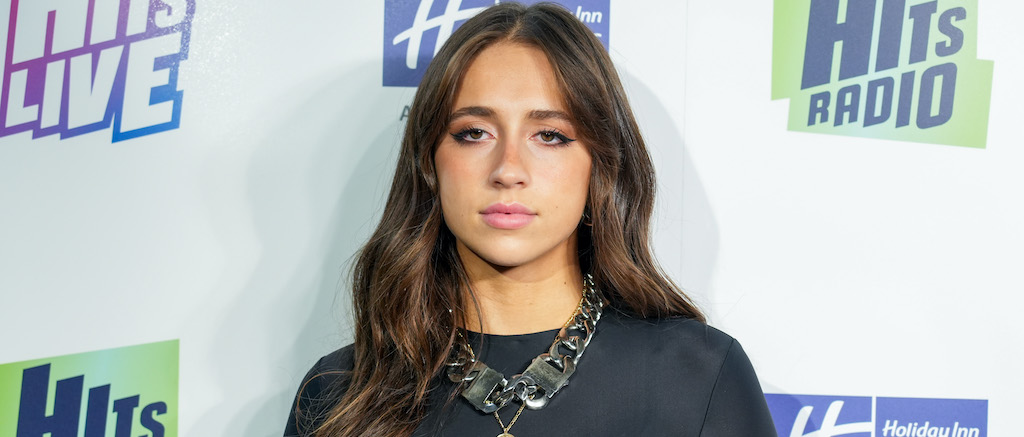
Tate McRae slayed BBC Radio 1’s Live Lounge last week with a slowed-down version of her September single “Uh Oh” and a pristine cover of Katy Perry’s “The One That Got Away.” McRae is flying high after releasing her debut album I Used To Think I Could Fly, most recently teaming up with Tiësto for “10:35,” but she spent some of her time with BBC Radio 1 to reminisce on her preteen, pre-fame days. Specifically, she yet again cleared up persistent rumors that she was a backup dancer on Justin Bieber’s Purpose Tour.
“Wikipedia has done me so dirty,” the 19-year-old said with a laugh. “I mean, like, everyone has said to me, ‘Oh my God! You were Justin Bieber’s main backup dancer!’ And I’m like, ‘I was 12!’ Like, there’s no chance I would be his backup dancer. … On his Purpose Tour, he’d pick like four kids, and they were dancers. He’d audition them. But it, like, wasn’t that big of a deal. There were a lot of kids that did this.”
was @tatemcrae a backup dancer for @justinbieber?
Watch her incredible debut live lounge on @BBCiPlayer
https://t.co/mqhRg1GYGk pic.twitter.com/Urfi1oFURC
— BBC Radio 1 (@BBCR1) November 13, 2022
McRae shared the same sentiment as Uproxx’s May cover star — “That’s a Wikipedia fact that’s not true; I don’t know why that’s on the internet and how that became a rumor” — and additionally dished on working with Billie Eilish, a noted Bieber fan, and Finneas on her major-label debut single “Tear Myself Apart.”
“It was huge for me, at the time, because they’re big idols of mine,” McRae said. “When I released that song, I was super new to the industry. But, I recently wrote a song for my upcoming record with Finneas, and we’re friends now. It’s funny how much time has changed things. This time, I was actually able to be in the room with Finneas and write something I really, really care about.” (I Used To Think I Could Fly closer “I Still Say Goodnight” was co-written with and produced by Finneas.)
As for Bieber, today (November 13) marks seven years since he released his highly anticipated comeback album Purpose, which housed massive hits like “Love Yourself,” “Sorry” and “What Do You Mean?“


